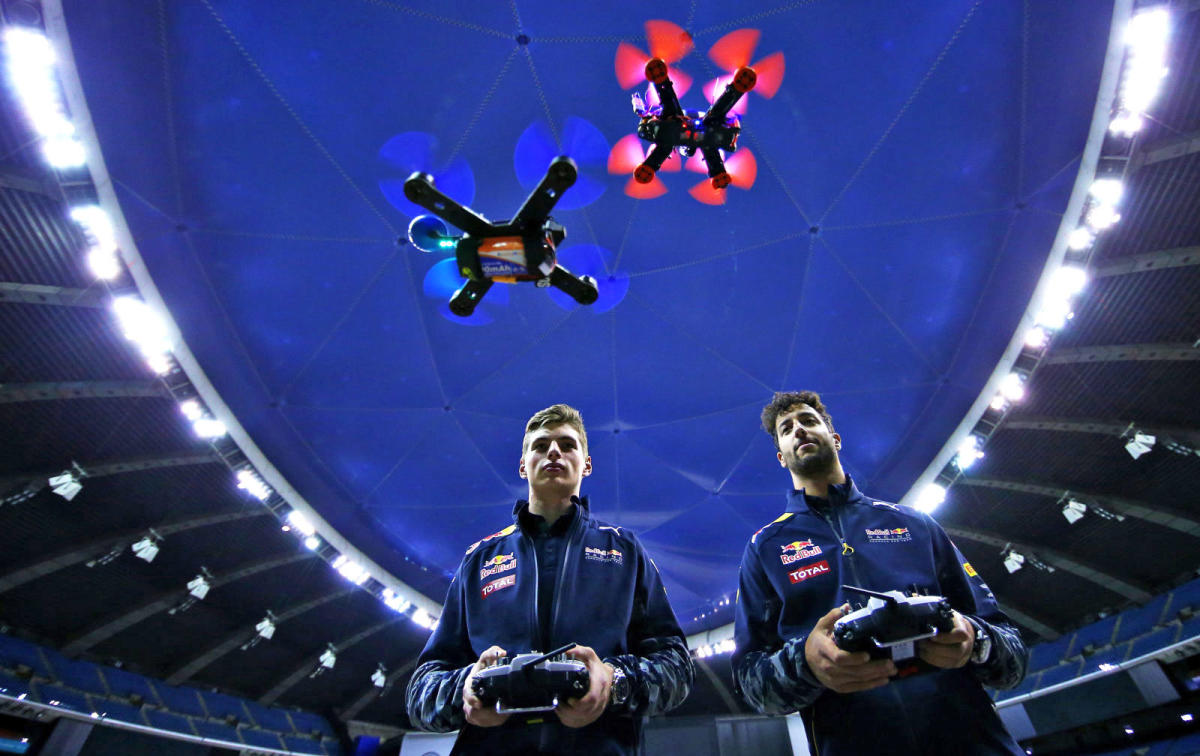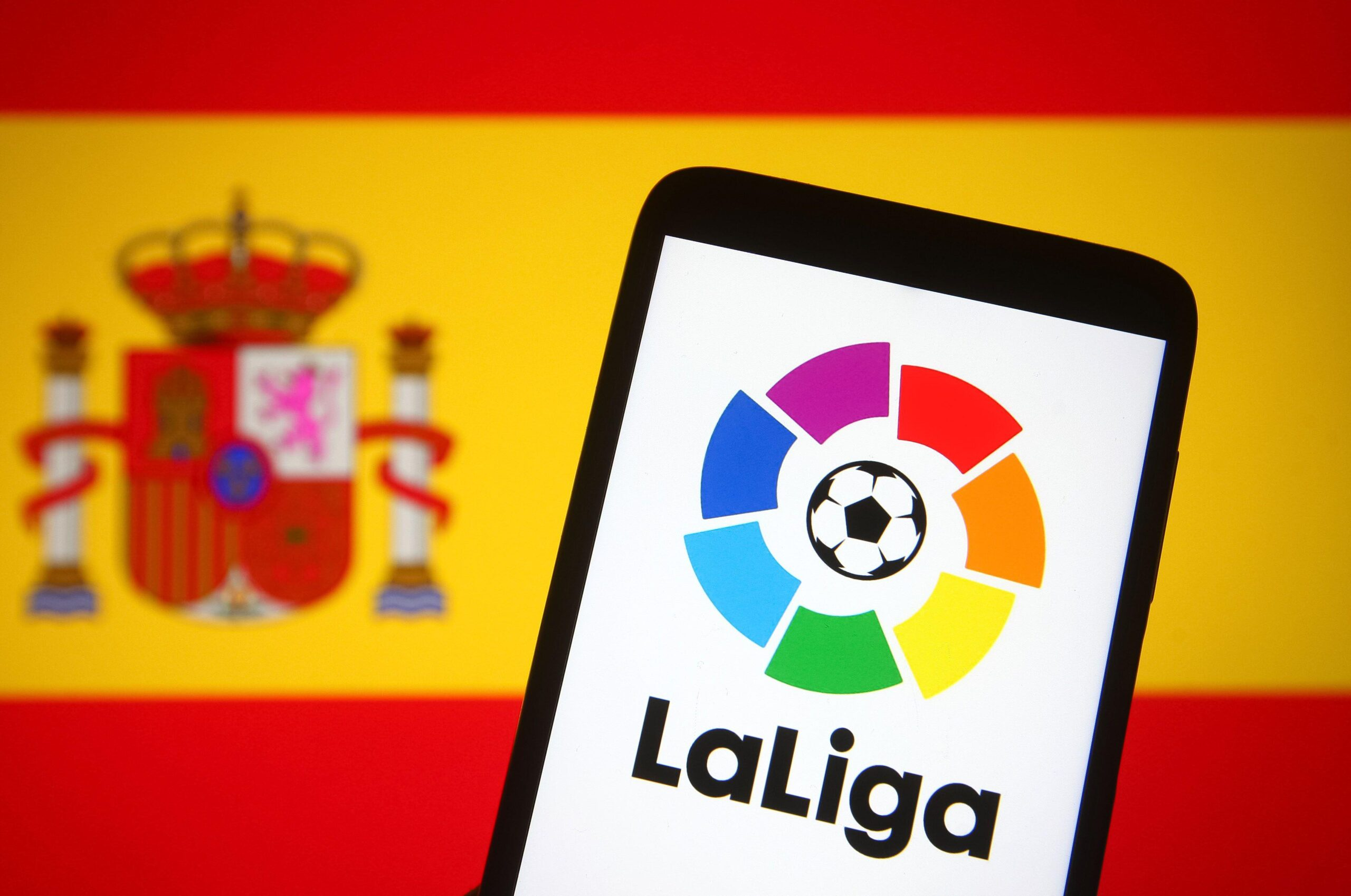Drone racing, once a niche hobby for tech enthusiasts, is now gaining ground as a legitimate competitive sport. Pilots use FPV (First Person View) goggles to steer racing drones through intricate courses at speeds exceeding 100 mph. With international leagues like the Drone Racing League (DRL) securing broadcast deals and corporate sponsors, the sport is rapidly evolving from backyard circuits to global arenas.
What makes drone racing unique is the fusion of gaming, engineering, and athletic reflexes. Pilots must not only master drone mechanics but also train their hand-eye coordination and reaction times to compete at elite levels. The sport appeals strongly to younger generations raised on e-sports and VR technology, creating a natural crossover audience that traditional sports often struggle to reach.
As technology advances, drone racing is becoming more accessible, with consumer-grade kits and youth programs sprouting up in schools. Countries like South Korea and the U.S. are investing in drone racing as part of STEM education, recognizing its potential to inspire future engineers and innovators. With a growing fanbase and integration into mainstream streaming platforms, drone racing is no longer just a spectacle — it’s the next frontier of competitive sport.






